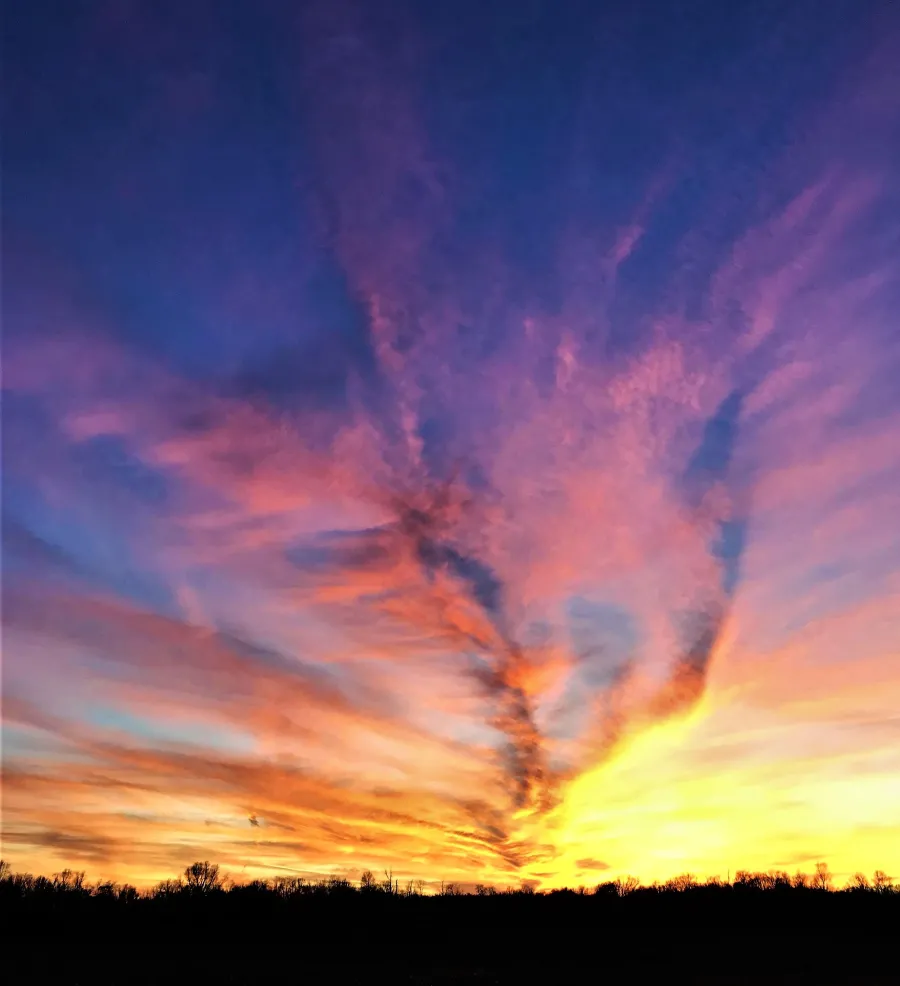From The Washington Post: Five myths about rural America that muddle the political realities

As a reporter and resident of small-town Minnesota, I’ve watched those perceptions solidify in real time.
By CHRISTOPHER INGRAHAM
In political, media and academic circles, the Trump era has sparked renewed interest in rural America — the supposedly “forgotten” areas of the country where white, non-college-educated voters gave the president the electoral edge he needed to prevail in 2016.
The near-singular focus on Donald Trump has yielded a body of discourse that views rural Americans primarily through a white, conservative Republican lens. This is somewhat understandable as a matter of raw numbers — its residents do tend to be whiter and more conservative than people living in more densely populated areas.
But that focus also has perpetuated a number of myths, blurring out much of the messiness and complexity of rural life. As a Washington Post reporter who has resided in a northwest Minnesota farming community since 2016 — I wrote a book about it — I’ve had the opportunity to watch those perceptions solidify in real time, as well as compare them to the on-the-ground reality.